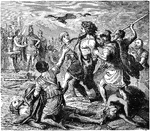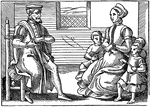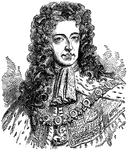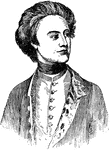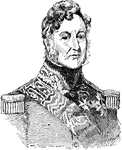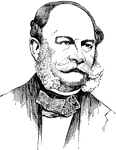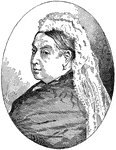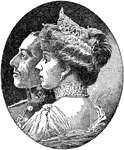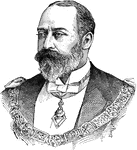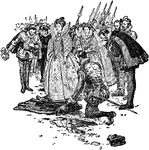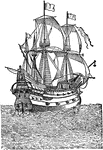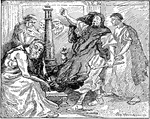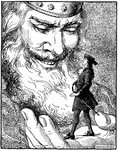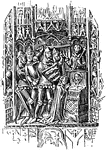
England Nobles Fourteenth Century Fashion
An illumination from the coronation of a king with his nobles and bishop wearing embellished clothing…

Fourteenth Century State Carriage
Lady Eleanor's, sister of King Edward II, elaborately decorated and upholstered carriage drawn by six…

Edward the Black Prince
Edward the Black Prince wearing full armor during the fourteenth century. He was the eldest son of King…
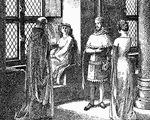
Nobles Talking Nursted Court
"The figure on the left is from a French manuscript picture, representing Merlin. The lady on the window—seat…

Knight Tournament from Romance of King Meliadus
An illustration of fourteenth century tournament of knights wearing armor from Romance of King Maliadus…

British Navy Queen Elizabeth Class Battleship
The Queen Elizabeth class of 1912 powered by steam. The battle ship have two chimney stacks to burn…
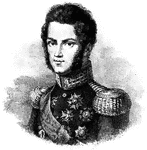
Prince Charles Albert of Carignano
An illustration of Prince Charles Albert of Carignano, born in Turin on 1798. Prince Albert succeeded…

Place de la Concorde
An illustration of the Place de la Concorde in Paris, France. It is the largest square in the French…
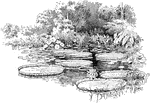
Victoria Regia
A species of flowering plants belonging to the Nymphaceaceae family, related to water lilies.

Sarcophagus of Menkera
"The third pyramid on the ridge of Gizeh was built by Menkera, a successor of Khafra and fourth or fifth…
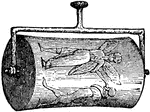
The Seal of Ilgi
"The royal seal or signet used by the Chaldean and Assyrian kings was in the form of a small cylinder,…
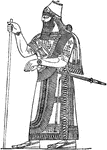
Assyrian King
"The Assyrian physiognomy, as determined by the sculptures exhumed from the ruins of Nimrud and Khorsabad,…
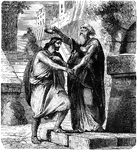
Saul Anointed by Samuel
"Under the popular impulse, and against the theocratic principle, Saul, the son of Kish, of the tribe…
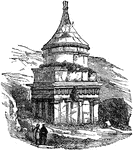
Absalom's Tomb
Also known as Absalom's Pillar. It is traditionally ascribed to Absalom, the unruly son of King David.
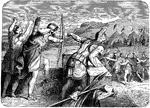
Astor to Philip's Right Eye
"It was during the siege of Methone that Philip had the misfortune to lose on of his eyes. A random…

Demetrius Poliorcetes
A bust of Demetrius Poliocertes, a king of Macedon and a member of the Antigonid dynasty.
!["After a successful summer campaign, [Caesar] made his way to the coast and cross over into Britain. He then withdrew into his winter-quarters in Gaul, but in the following year returned into the island, defeated the British Celts under their king Cassivellaunus, and reduced the country to a dependency, compelling the Britons to pay tribute and give hostages."](https://etc.usf.edu/clipart/78900/78943/78943_landing_01_mth.gif)
Landing of the Romans in Britain
"After a successful summer campaign, [Caesar] made his way to the coast and cross over into Britain.…

Behavior of Fibers in Tension Test
"Since the strength of the fibers in adhesion is very much less than in tension and compression, adhesion…

DePeyster Raises a White Flag
Arent DePeyster, a British military officer of the American Revolution, surrenders at the Battle of…

Gold Coin of James I
A gold coin of King James I. It was the first coin to bear the name 'Great Britain.'
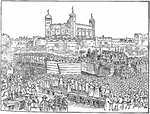
Execution of the Earl of Strafford
King Charles I signed a death warrant against Thomas Wentworth, the Earl of Strafford, after Parliament…

Silver Crown of Charles II
The silver crown coin of Charles II, who was the King of England between 1649 and 1651.
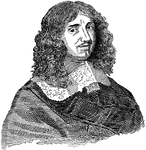
Jean-Baptiste Colbert
The French minister of finance from 1665 to 1683 under King Louis XIV. He brought the economy back from…

Medal of Louis XIV
"Commemorates the revocation of the Edict of Nantes. The obverse bears a representation of 'Louis the…

Frederick the Great
Also known as Frederick II of Prussia. He reigned from 1740 to 1786 and was a proponent of enlightened…
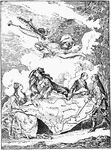
The Partition of Poland
"A contemporary cartoon which represents Catherine II, Joseph II, and Frederick II pointing out on the…
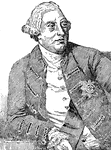
George III
The King of Great Britain and King of Ireland until their union in 1801. He continued his reign over…

Marie Antoinette
The Queen of France from 1774 to 1792. She was executed by guillotine in 1793 at the height of the French…

Victor Emmanuel II
The King of Piedmont, Savoy, and Sardinia from 1849 to 1861. In 1861, he assumed the title King of Italy,…
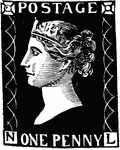
First Adhesive Penny Postage Stamp
"The design, a conventionalized head of Queen Victoria, was used without change from 1840 to 1870."—Webster,…
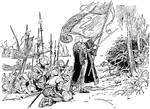
Columbus Claiming the Land
"Columbus taking possession of the land in the name of King Ferdinand and Queen Isabella."—GOrdy,…
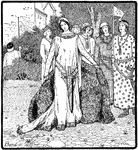
The Damsel Let Fall Her Mantle
In the story of Balin and Balan, the image depicts the damsel removing her mantle in front of King Arthur…

A Viking Ship
"It was the custom of Northmen to bury their dead sea king near the sea in his ship and over the spot…
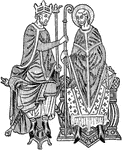
Investiture
"Investiture of a bishop by a king through the giving of the crosier, or pastoral staff."—Myers, 1905

The Electors' Seat
"This structure stands on the banks of the Rhine near Coblenz. On the top are stone seats where the…

Philip II
The King of Spain from 1556 to 1598, and King of England while married to Mary I from 1554 to 1558.



